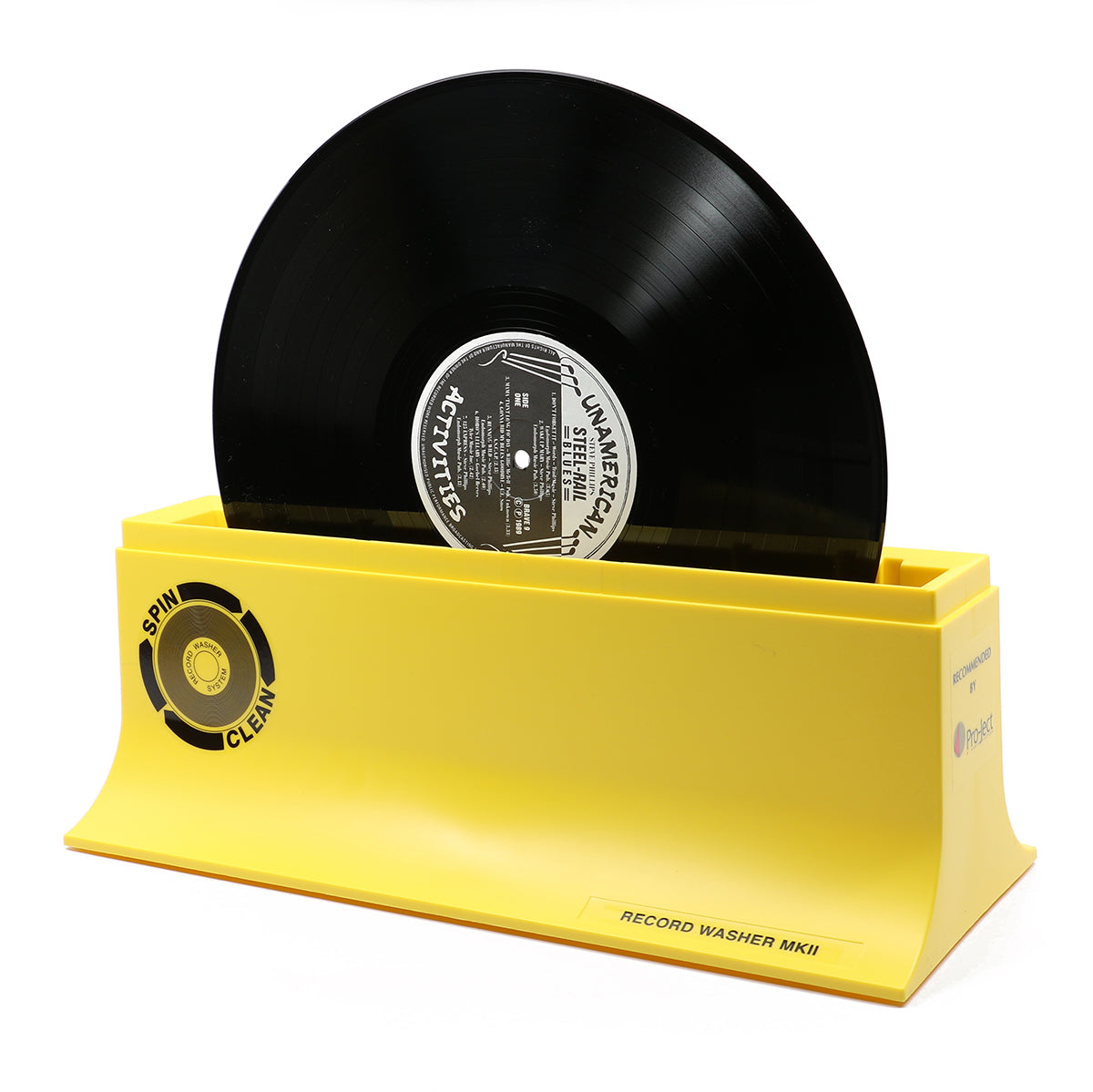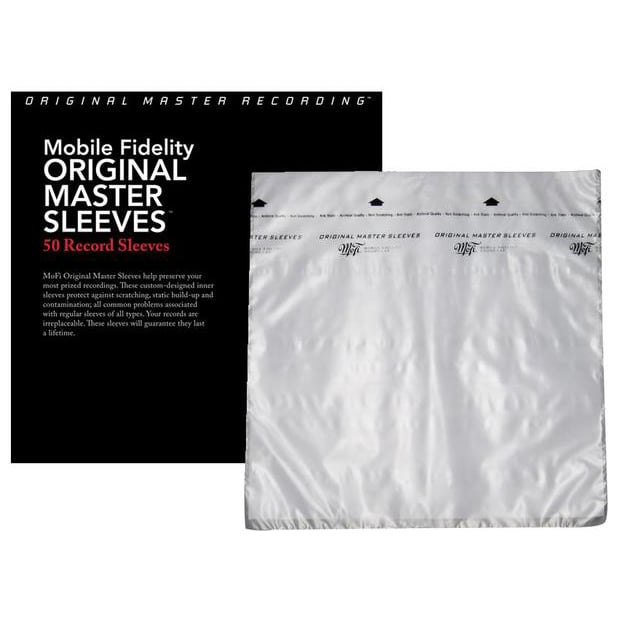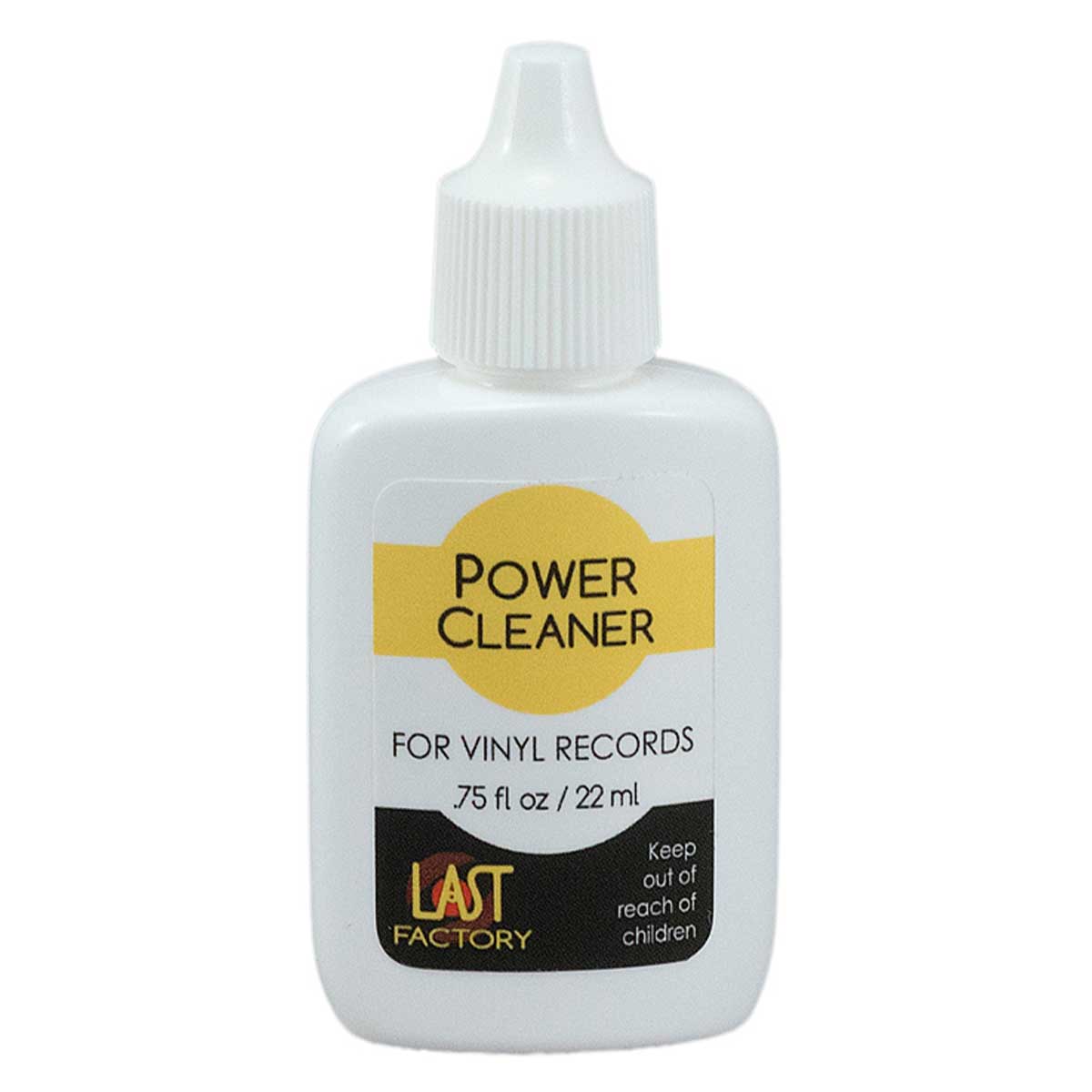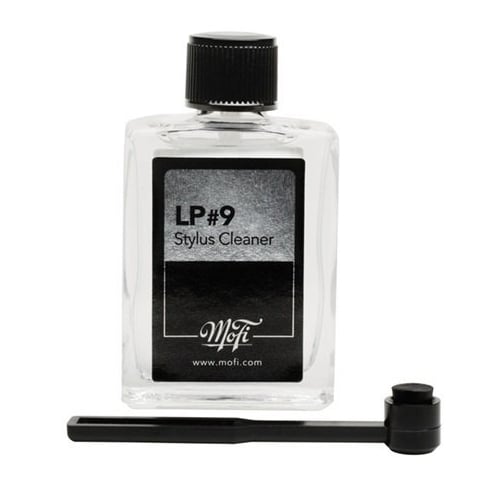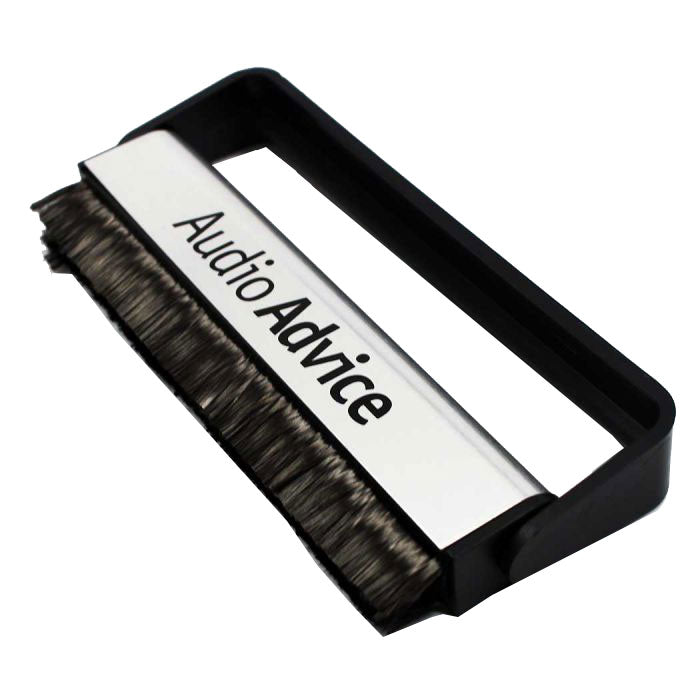How to Clean Vinyl Records and Care For Them Properly


As vinyl enthusiasts can attest, enjoying music to its fullest depends on three factors:
After all, it’s hard to enjoy high-fidelity sound if you don’t invest in a quality setup. The turntable, phono preamp, and speakers you choose matter. You also need to care for that equipment, so it continues performing at the highest level for years to come.
But just as you need to care for your equipment, you also need to clean your records and care for them. If they’re dirty or scratched, it hardly matters how great your turntable is. Your music just won’t sound very good.
To avoid damaging your records, you’ve got to pamper them. Treat your vinyl right, and you’ll enjoy crystal clear sound every time.
Record grooves are where your favorite music lives. As your stylus cruises the grooves, it sends those analog signals through the cartridge to your preamp and, finally, your speakers.
Grooves are to a records what words are to a novel. Just as you can’t tell a great story without compelling language, you can’t enjoy great sound without clean, undamaged grooves. Here’s what that means for your vinyl record collection:
You don’t want to let dirt, debris, or gunk build up inside the grooves. If you do, your records won’t sound the same. Instead of top-notch fidelity, you’ll hear ticks and pops. Not good.
Dirty records are often redeemable, but scratches might be permanent. Improper storage and handling can scratch up your records.
The good news? Caring for your records isn’t all that hard. By cultivating a few good habits, you’ll never have to worry about dirty or damaged records getting between you and your tunes.
Cool, dry, and vertical – that’s how to store your records.
Excess moisture and heat can harm vinyl, so it’s a good idea to store your records in a dry, temperature-controlled environment. Most of the time, this means keeping them within your primary living space.
Attics are a no-go because the summer heat can warp your vinyl. Basements are iffy, too. When the relative humidity reaches 60% or higher, the risk of mold increases. Mold won’t grow on the vinyl itself, but it can grow on a paper record sleeve and then gunk up your grooves. At best, prolonged exposure to moisture, humidity, and mold will make your records dirty and ruin those great record covers. At worst, it can warp them.
Why store records vertically? Stacking records can warp or bend them – never mind increasing the risk of scratching. Record shops don’t display vinyl vertically just for customer convenience – they do it to protect their product.
But following the cool-dry-vertical protocol alone won’t keep your records from getting dirty. To protect records from dust and contaminants, you should store them inside professional-grade, anti-static sleeves.
MoFi Electronics Original Master Sleeves are a three-ply, anti-static, premium sleeve that consists of a paper layer sandwiched between two sheets of high-density polyethylene (HDPE) with a translucent HDPE front. Use these, and you’ll also avoid scratching your records inside a rough paper sleeve.

Don’t touch the grooves!
When possible, only touch your records at the edges and on the label. Otherwise, the oils from your hands could get inside the grooves. The more oil that gets into the grooves, the more dust sticks to the playing surface. It’s kind of a springboard toward gunking up your records – so you are better off not beginning the process in the first place.
Proper handling also matters during the moments just before and during play. Raise and lower the needle on your turntable using the cueing lever – not your fingers. When you are done listening to a record, be sure to slide it into the sleeve. Dropping it in will risk splitting the sleeve or scratching the vinyl.
What should you do if you happen to touch the playing surface? First of all, relax. We’ve all done it. You just need to clean your records, and there are several ways to do that.
How you go about this might depend on your approach to buying records.
There is no way to know how used records have been treated. While they may look clean to the naked eye, they may have been cleaned with tap water, which can leave a residue. Or, they could have seen their share of smoke or liquid spills someone just wiped off. It would take a microscope to see what is really in the grooves.
If you are buying a lot of used vinyl, we highly recommend a wet cleaner.
New vinyl can also have a mold release compound on it that is used in some pressing plants. This can slightly degrade the sound and there is no way to know if the record was pressed this way. If you are buying all new vinyl though, something like the Last Power Cleaner will remove this compound fairly well. It is simple to use and cost-effective.
The Pro-Ject VC-E is our top value in wet record cleaners. It was designed by the world’s most popular turntable company.
We like the fact the record is only supported on the label to prevent a platter from transferring debris. The fluid Pro-Ject developed is also quite good and environmentally safe. You simply apply a little fluid to the supplied brush, go around a couple of revolutions in each direction using the reversible motor, then flip on the vacuum system and you’ve got a clean and dry record in about 3 revolutions. You can clean both sides of a record in about 2-3 minutes with this machine, and you can both hear and see the results. As an added bonus, the vacuum motor is also pretty darn quiet.
If you’re on a budget, the Spin-Clean Record Washer does a great job removing dirt, dust, and grime. However, this is made to clean your records in batches – but for the price, it works great.
After your records are clean, be sure and put them back in a nice sleeve and for everyday removal of just surface dust, the Audio Advice Record Brush works great.
Just don’t try to clean your records with a cotton shirt or a towel. It might seem soft enough, but it’s really just moving dirt around, and you run the risk of scratching them too.
A worn-out stylus can damage the grooves of your records.
It’s a good idea to replace your stylus after 1000-1500 hours of playing time. Also, while you might think setting the tracking force really light will prevent wear – it’s actually the opposite. You want the stylus to be firmly seated in the record groove, so it does not bounce around, creating wear and tear. We suggest you track at the upper range of the recommended stylus tracking force.
Proper alignment is also critical. There is a geometry that keeps the stylus perfectly centered in the record groove for minimal wear. If you should change your entire cartridge make sure you use the setup guide to align it properly.
It’s also important to keep your stylus clean. As it travels deep in the grooves, it can still pick up tiny pieces of debris that will build up on the tip. We like the MoFi stylus cleaning fluid for stylus care.
Old LPs don’t have to sound like, well… old LPs. If you’ve ever bought a used record that ticked and popped or suffered through crackly tracks on your parents’ old records, you know just how bad, dirty, or damaged vinyl can sound.
However, your vinyl doesn’t have to sound like that.
By protecting and cleaning your records, you can make them last a lifetime – and possibly longer! Proper cleaning can also breathe new life into old vinyl, making a 40-plus-year-old record that’s never been adequately cleaned, sound like new again.
The best part? It’s easy. You just have to get into the groove (pun intended) of proper record storage, handling, and cleaning. If you are already building a vinyl setup and accumulating a library of records, regular care and cleaning is a natural next step.
You'll be among the first to know about product launches, exclusive online deals, and the hottest audio trends.

